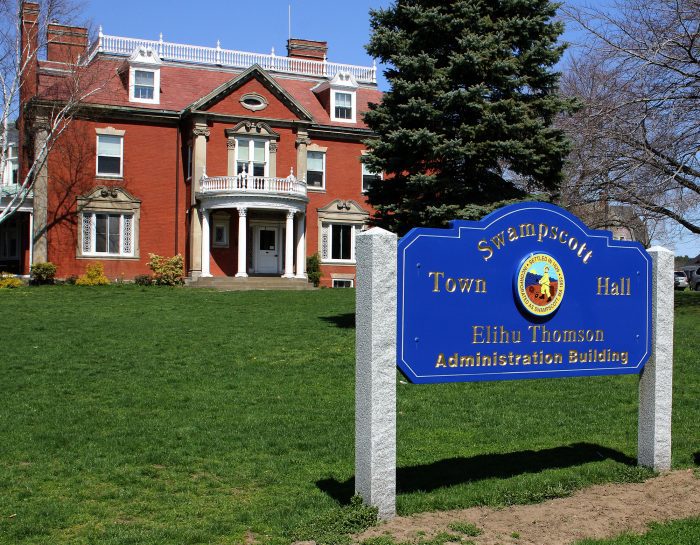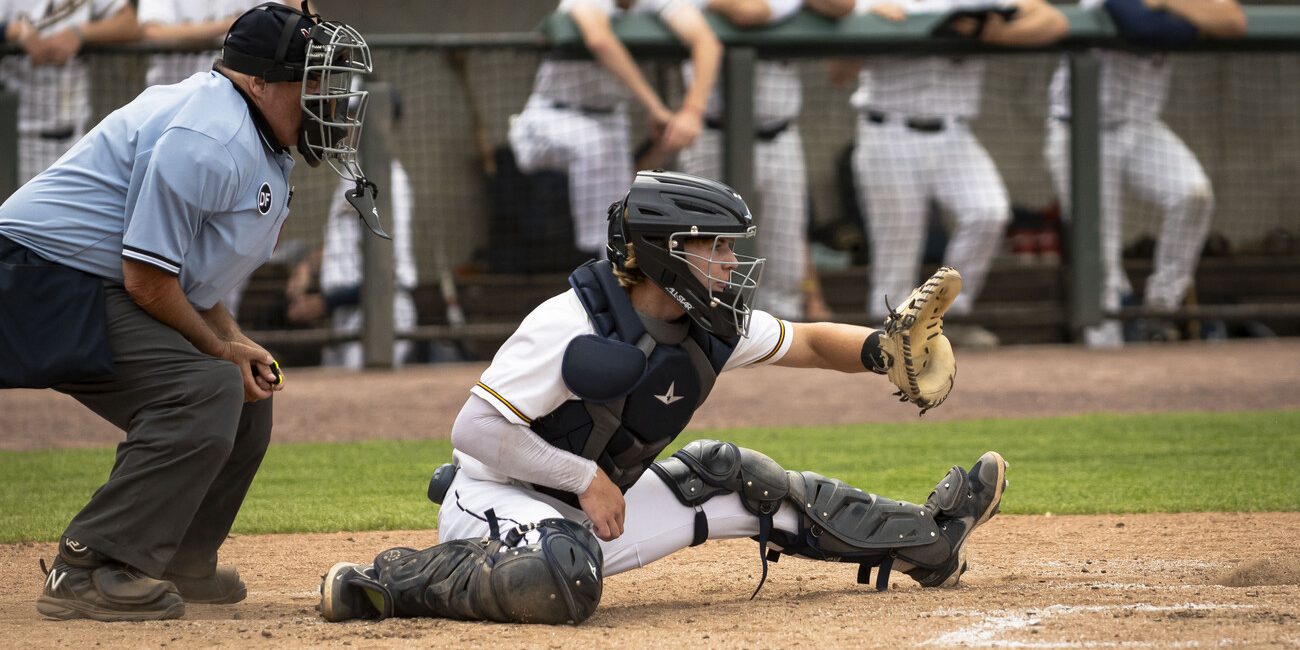

During the early days of the American Revolution, Long Island was one of the most loyalist areas in the colonies — voicing ardent support for George III, king of England. Southold Town in particular consisted of loyalists and mostly “closeted patriots,” according to retired Adelphi University professor Edward Marlatt’s recent presentation, “The American Revolution in Southold Township, Long Island: Patriots vs. Loyalists,” hosted by the Mattituck-Laurel Historical Society and Mattituck Park District.
Loyalists joined patrols with the British, went door to door pressuring locals into signing the loyalty oath to the “beloved” British king, and some even fought against their fellow colonists. “Local militia — and these were Americans — worked with British soldiers to keep the peace on Long Island … The loyalists were really in power,” Mr. Marlatt said, adding that 85% of Southold men aged 15 and older signed a loyalty pledge to King George III, who Mr. Marlatt said was obsessed with maintaining control over Long Island for its agricultural and fishing industries.
Yet there were pockets of “closeted patriots” throughout town, and many of them signed the oath against their will. Others formed a spy ring based in Setauket that gathered intelligence locally and routed it back to Gen. George Washington.
Those who refused to sign the oath could be exiled to Connecticut. “And sometimes the refusal would mean that you would be arrested, and in that square near [the Southold] IGA, they would quarter you, where they put the man’s hands and feet in wood to humiliate him,” Mr. Marlatt said. “They did tar and feathering too, but the colonists did tar and feathering also.” The historian said there were also plenty of patriots who left Long Island to fight elsewhere for the colonies, “but they were very complacent, the residents of Southold, during this time.”

There was good reason for many of Southold’s families to, at least initially, side with the British; at the start of the war, few thought the Americans could win their independence. Just a month after the Declaration of Independence was signed, the Continental army was chased off Long Island at the Battle of Brooklyn. “Loyalists were sympathetic to the British causes,” Mr. Marlatt said. “Or they wanted to maintain ties with Britain for commercial and military reasons. There were a lot of people that were afraid of Britain leaving America.”
The subject of local patriots versus loyalists is still so thorny that the professor pointedly declined to name which of the founding families sided with England and signed the oath. Descendants of these loyalists — to this day — are barred from joining either the Sons or the Daughters of the American Revolution, even as these two national groups have expanded in recent years to include descendants of doctors and others who aided or cared for the patriots.
Discussing the oath, he went on warn the audience that “this is going to be a little bit of a touchy subject for some of [the namesakes], but I’m not going to do any name dropping. You can do it on your own. I’ll show you where you can get it.” The Suffolk County oath list, with the names of those who signed, can be found at longislandgenealogy.com.
Still, Mr. Marlatt said that Southold was lucky to have current generations of founding families still living in town. “It’s unusual, what you have here,” he said. “You still have the descendants and the namesakes of the original founding families. You don’t have that in a lot of places anymore.”
Meanwhile, the summer and fall of 1776 were devastating for the patriot cause. In August, the Americans were soundly defeated at the Battle of Brooklyn (also known as the Battle of Long Island), the first and largest battle of the entire war, according to Mr. Marlatt, which unfolded along Brooklyn’s waterfront in Park Slope and Brooklyn Heights.
Gen. Washington was driven from the region, not to return again for seven years. The first year of the war was dire for the colonists. It wouldn’t be until the Battle of Saratoga in the fall of 1777 that the tide even began to turn on the dominant British. For months ahead of the Battle of Brooklyn, the British had been gathering what Mr. Marlatt called the “largest expeditionary force in the history of the world up to that point” — with 30,000 men amassed on Staten Island and 500 ships in New York Harbor.
“George Washington is in Manhattan, but he also has forces on Brooklyn because he doesn’t know which way the British are going to attack — whether they’re going to come up the Hudson, up the East River, or attack through Brooklyn,” Mr. Marlatt said. Led by British general William Howe, they attacked through Brooklyn, and then snuck around the Americans’ flank and attacked their rear, driving the patriots back to their strongholds in Brooklyn Heights. “On Aug. 27, Lord Sterling, an American general, comes out with 2,000 to 3,000 men. He forms a line, and for the first time, the Americans in the Revolutionary War take on the British toe to toe in the open field.”
The attack forced Washington to flee Long Island, retreat by night to Manhattan, and from there to New Jersey. The Continental Army troops were scattered, exhausted and outnumbered, and had no place to shelter, Mr. Marlatt said. Still the Battle of Brooklyn wasn’t a fatal blow to the Continental Army. “Long Island was not that tactical for Washington’s plan during the revolution.”
Beyond the Battle of Brooklyn, and the Battle of Yorktown in 1781, which effectively ended major combat, some Southold patriots saw action in a small skirmish known as the Battle of Sag Harbor. In May, 1777, 170 patriots from several regiments of the Continental Army crossed Long Island Sound from Connecticut in 13 boats and landed on what is now Southold Town Beach, near the north end of Hashamomuck Pond. “They pulled their boats over the beach and slipped into the pond and rode its length to the point where it empties into Peconic Bay,” he said. Continental Army Col. Return J. Meigs led the raid. Six loyalists were killed and 90 captured. The patriots didn’t suffer a single loss.
Mr. Marlatt said in an interview after the presentation that while most of the patriots at the Battle of Sag Harbor, also known as Meigs Raid, were from Connecticut, “I believe some of the [Southold patriots] joined in.”
24World Media does not take any responsibility of the information you see on this page. The content this page contains is from independent third-party content provider. If you have any concerns regarding the content, please free to write us here: contact@24worldmedia.com

Positives to take away in Swampscott after girls soccer season

Swampscott Board of Health briefed on opioid relief efforts

Saugus has the ticket for buses

UMass Lowell secures Doney (x2)

Enzo’s voted best slice in Lynn Pizza Challenge

Nahant students walk to school in spooky fashion

Walsh: Wake up and smell the smoke

Editorial: Open primaries could break America’s partisan impasse

LTTE: ‘Yes’ on Question 6

LTTE: Ex-Select Board members support CPA

Lynnfield’s Dolan reports on the state of the town

LTTE: Auditing legislature will grant transparency